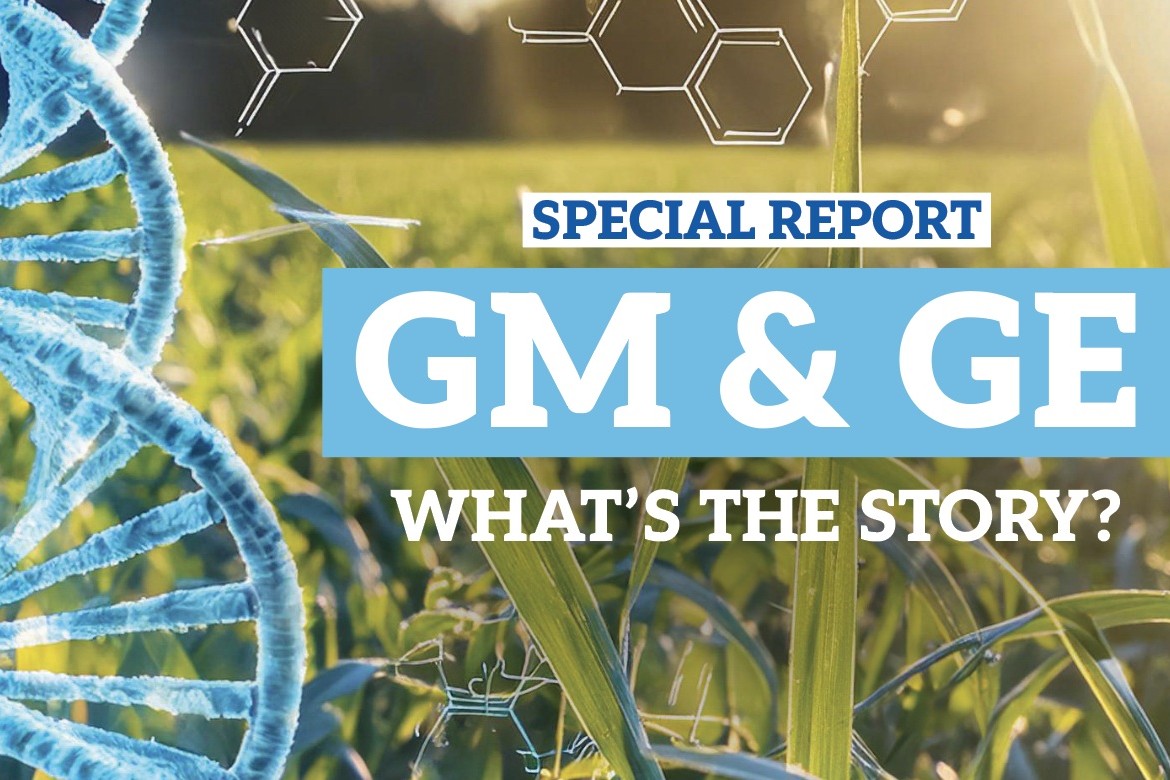Understanding soil conductivity saves labour and money in the long term. Delwyn Dickey reports.
 It’s easy enough to run your eye over a paddock and get a reasonable handle on how pasture growth is going. But it’s not always easy to see why one part of the farm is high-yielding compared to another part, or why some paddocks struggle in the summer heat while others don’t. Electromagnetic surveying (EM) is a good way to find out, and usually only needs doing once.
It’s easy enough to run your eye over a paddock and get a reasonable handle on how pasture growth is going. But it’s not always easy to see why one part of the farm is high-yielding compared to another part, or why some paddocks struggle in the summer heat while others don’t. Electromagnetic surveying (EM) is a good way to find out, and usually only needs doing once.
The gadget which looks a bit like an enclosed drainage pipe is pulled behind a quad or mule and sends microwaves into the soil which reacts with different amounts of water in the soil and the clay content. Coarse soil texture like sand has low electrical conductivity, clay soils high, and silt soils medium conductivity.
Business manager with agri-tech company Vantage Phil Neill says the technology is especially good for areas with high soil variability like Canterbury. It also shines in this area as there is also high density farming and water allocation for irrigation. EM surveying is one of the services the company offers.
“We can work out what the water capacity of the various soils are on the property. This will help if different parts of the farm need more irrigation than others and help farmers use allocations more wisely.”
The same applies to fertiliser although it’s not quite as straightforward, he says. While some areas will need more fertiliser, some will need less but for different reasons.
“If an area is more stony, fertiliser will likely leach faster. If there are no stones you can put more on and know it’s likely to stay there longer. That’s important with nitrogen caps,” he says.
“With 2.5cm accuracy, you get altitude and aspect as well, and potentially can show runoff – if it wasn’t obvious,” Phil says.
Armin Werner, Group Manager Precision Agriculture Science at Lincoln University’s Agritech agrees the technology has significant benefits.
He also considers getting an EM survey done on any new farm purchase is important.
It’s good for dairy farm investment when buying a farm to find out the hot spots in the farm that are low yielding or high yielding, he says.
“Assessing the pasture growth, especially to create the sequence of to be grazed paddocks – with the ‘feed wedge’ concept – is an utterly important prerequisite for profitable and sustainable dairy production.”
This also gives a new owner the ability to spread their investment load – ‘can I leave some areas without investing in irrigation there this year’, he says.
He considers it a useful tool even for an established dairy farm.
When taking over the family farm, for example, a lot of the knowledge parents have about the performance of certain areas around the farm isn’t written down.
Rather it is an accumulation of knowledge over the years and stored in their heads. This can see them almost farming intuitively.
It could take years for the next generation to get to that point, and without knowing why parts of the farm behave the way they do.
Looking at diversifying into mixed farming – cropping or arable farming like seed production – it is wise to know what’s under your feet, and especially important for starting a new on-farm venture like vineyards or orcharding, he says.
Until EM surveying came along soils samples had to be taken and a soil map of sorts made up from those.
“It was expensive and not very accurate,” Werner says. ”Almost no other tool for the price can give that information – it’s very useful.”





